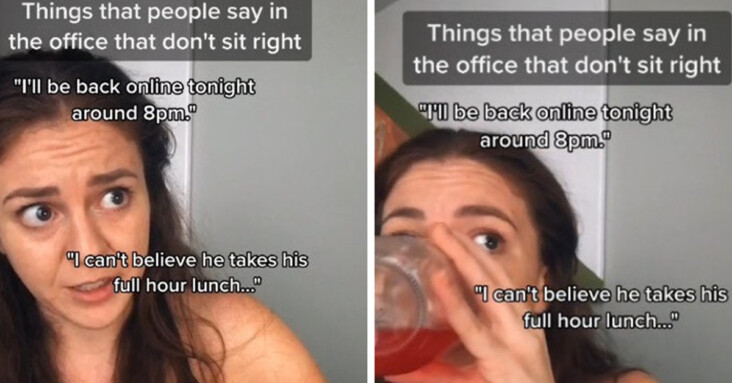Who among us has never stared forlornly at the clock, as the minutes slowly tick by one after the other, waiting for it to be 5:00 so you can finally leave the office? If it feels like the eight-hour workday has at least, like, two too many hours in it, you’re not alone.
Emily Ballesteros, a burnout management coach who helps busy professionals create work-life balance, recently went viral on TikTok after extolling the virtues of shortening the eight-hour workday.
As Ballesteros explains, the very notion of the eight-hour workday is an antiquated notion that extends back over 100 years to the Ford administration—and is now woefully out of date.
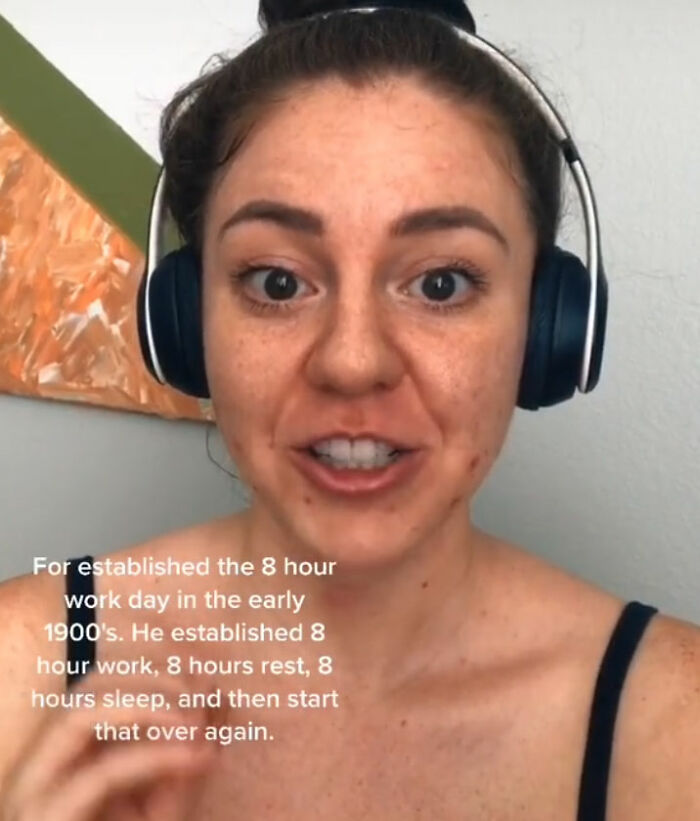
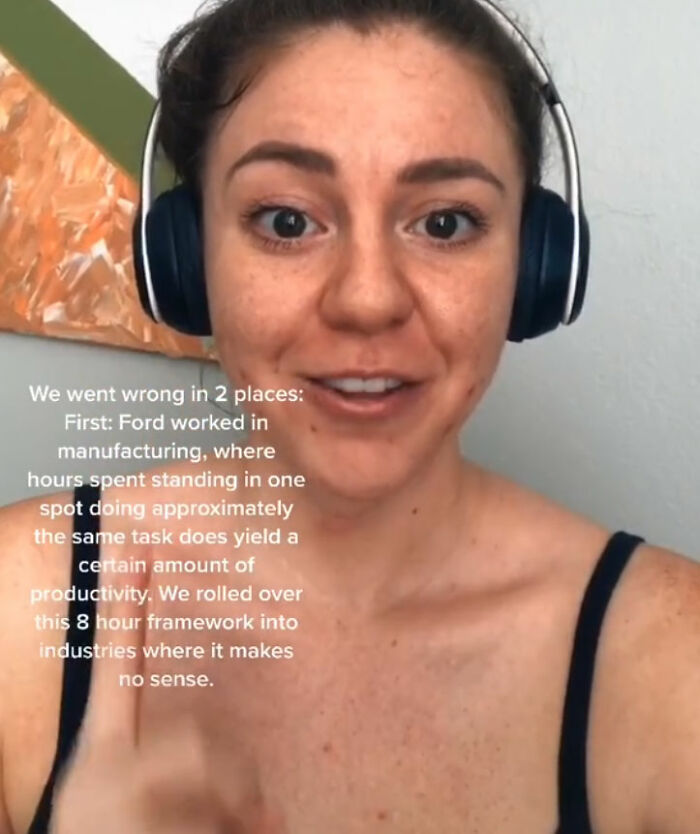
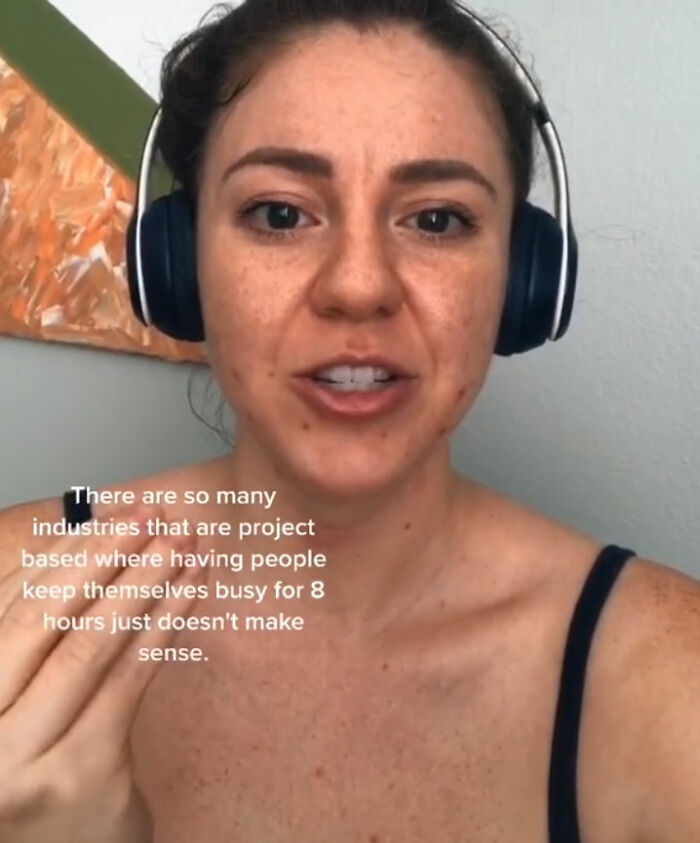
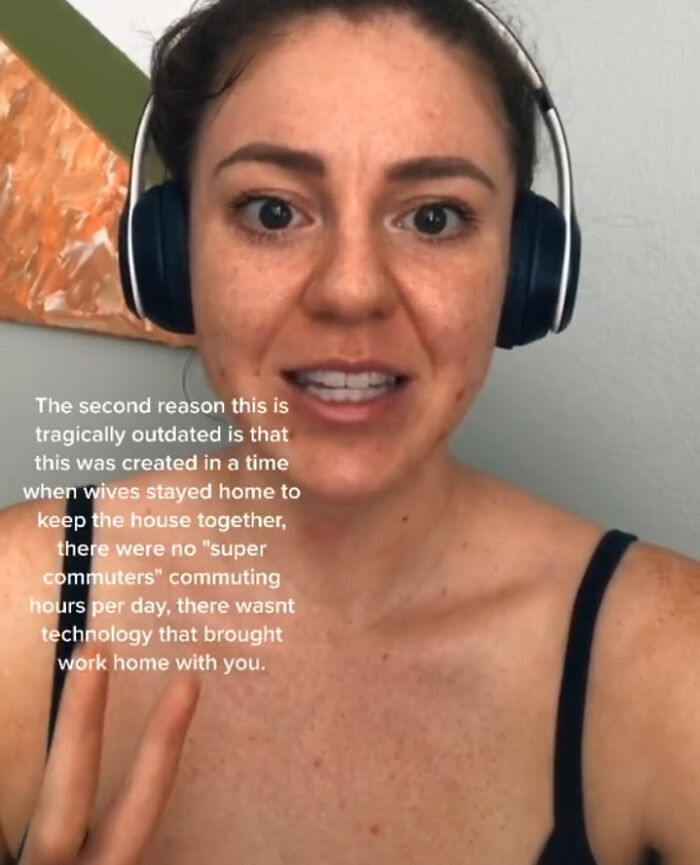
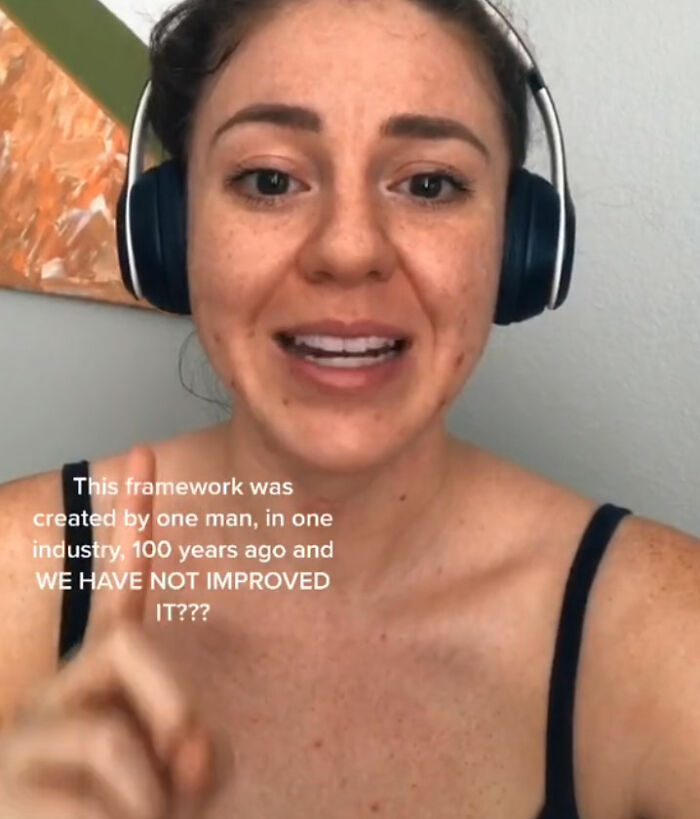
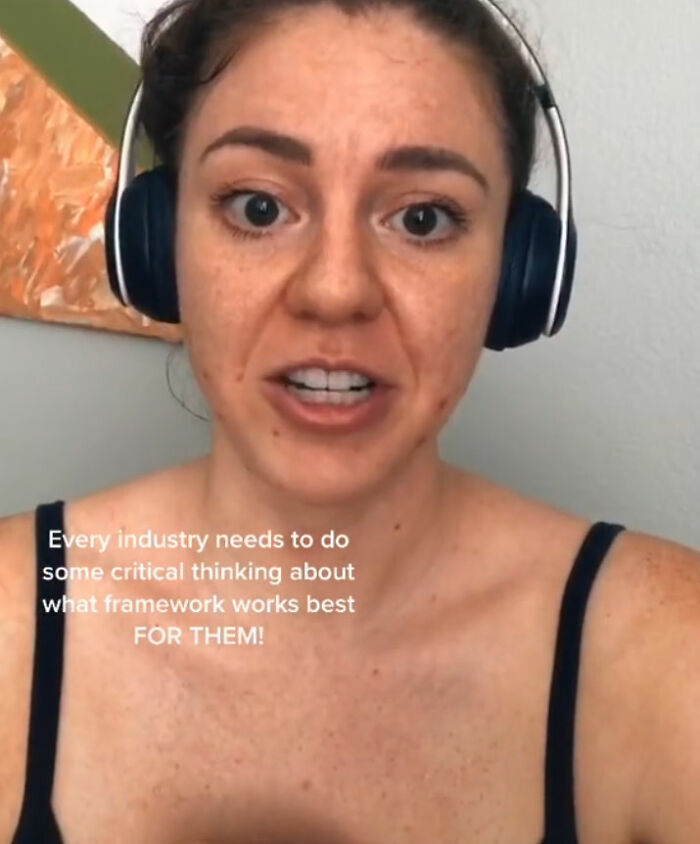
“I will literally take every opportunity I can to address the 40-hour workweek,” Ballesteros says at the beginning of the video, which has since been viewed over 1.6 million times.
“Ford established the eight-hour workday in the early 1900s. He established eight hours work, eight hours rest, eight hours sleep, and then start that over again,” she explains.
“We went wrong in two places. The first is that Ford worked in manufacturing, which means someone standing somewhere for eight hours doing approximately the same task does yield a certain amount of productivity.”
Ballesteros goes onto explain why this framework has since been rolled over into industries where it does not make sense.
“There are so many industries that are project-based where you don’t need eight hours, and by just having someone keep themselves busy for eight hours, you’re losing so much productivity,” she says.
And what’s more—there are also plenty of social constructs that now make the eight-hour workday outdated.
“The second reason this framework is tragically outdated is that this was created at a time when wives stayed home to keep a lot of the household together,” she continues.
“Where there were no super commuters, commuting hours each day to get to work. There was no technology of bringing work home with us. This was created by one man, in one industry, 100 years ago and we have not improved it. Every industry needs to do some critical thinking and figure out what framework works best.”
In a follow-up video, Ballesteros illustrates two key solutions she recommends for getting rid of the eight-hour workday.
One, she says, is paying employees for the completion of a project as opposed to hourly, so they can complete tasks during their own time frame. The second is decreasing to a six-hour workday, which has been shown to actually increase productivity.
“In studies where this was done a lot of times productivity was the same if not greater than the eight-hour workday, and a lot of that is because when there’s a sense of urgency, we perform better,” she explains, asking viewers to recall the last time they were struggling to meet a deadline. “Urgency creates focus.”
The happier and more productive employees are, the less turnover there is. And, as Ballesteros points out, turnover is extremely costly for organizations.
It seems like these are all pretty common sense ideas, and now that the coronavirus pandemic has upended office life as we know it, perhaps the American workforce is finally ready for a change.

